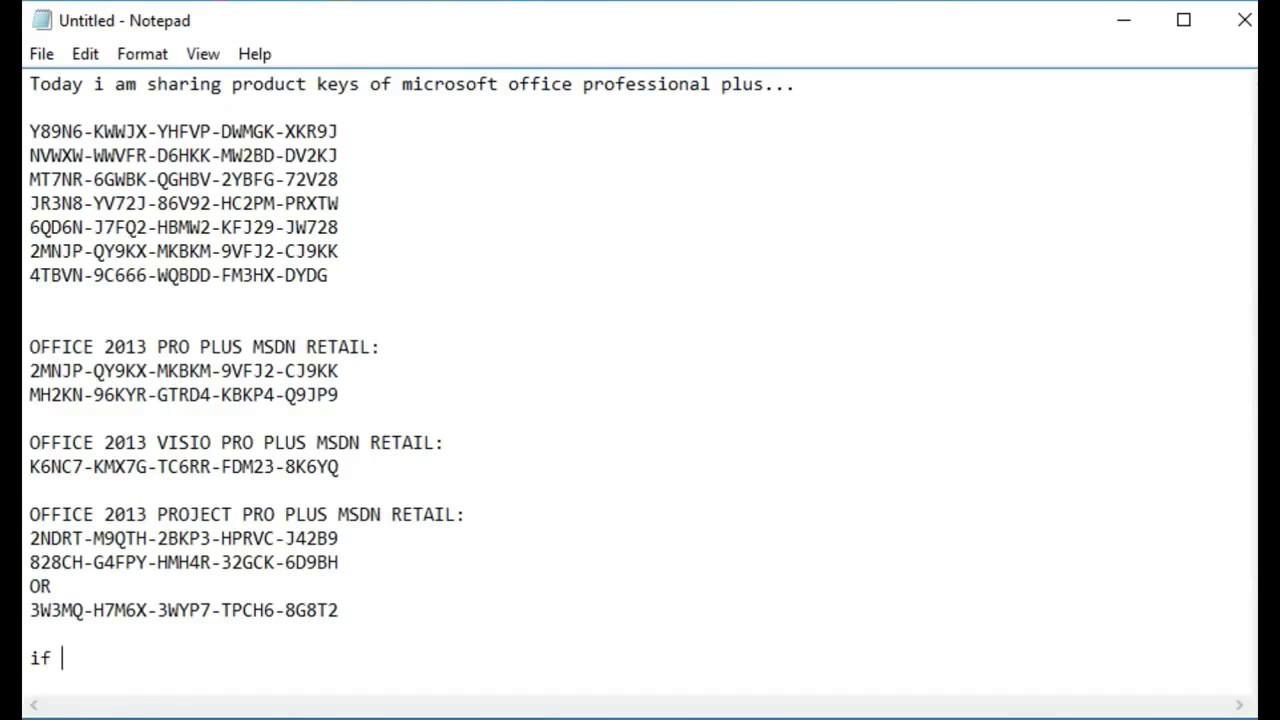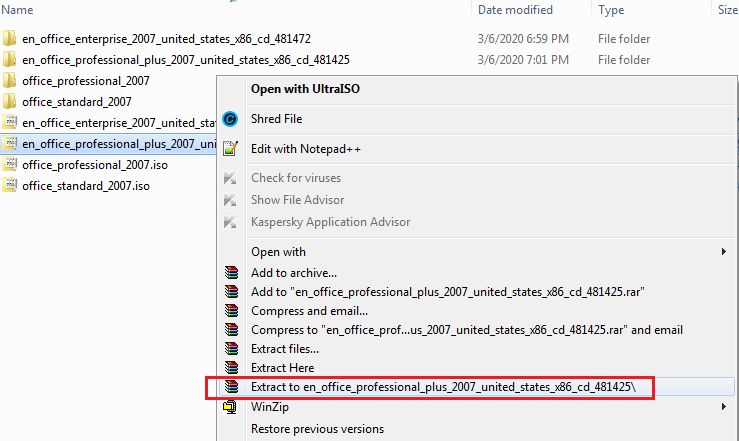
 Right-click the DigitalProductID registry entry, click Delete, and then click Yes. After you find the GUID that contains the version of your Office program, follow these steps: Then, view the version of Office that is listed in the right pane for the Productname registry entry. Each GUID is specific to a program that is installed onĬlick a GUID. Under the Registration subkey, there may be several Globally Unique Identifiers (GUID) that contain a combination of alphanumericĬharacters. Office XP HKEY_LOCAL_MACHINE\SOFTWARE\Wow6432Node\Microsoft\Office\10.0\Registration Office 2003 HKEY_LOCAL_MACHINE\SOFTWARE\Wow6432Node\Microsoft\Office\11.0\Registration Office XP HKEY_LOCAL_MACHINE \Software\Microsoft\Office\10.0\RegistrationĢ007 Office system HKEY_LOCAL_MACHINE\SOFTWARE\Wow6432Node\Microsoft\Office\12.0\Registration Office 2003 HKEY_LOCAL_MACHINE \Software\Microsoft\Office\11.0\Registration Locate and then click the following subkey, depending on your version of Windows and of Office:Ģ007 Office system HKEY_LOCAL_MACHINE \Software\Microsoft\Office\12.0\Registration
Right-click the DigitalProductID registry entry, click Delete, and then click Yes. After you find the GUID that contains the version of your Office program, follow these steps: Then, view the version of Office that is listed in the right pane for the Productname registry entry. Each GUID is specific to a program that is installed onĬlick a GUID. Under the Registration subkey, there may be several Globally Unique Identifiers (GUID) that contain a combination of alphanumericĬharacters. Office XP HKEY_LOCAL_MACHINE\SOFTWARE\Wow6432Node\Microsoft\Office\10.0\Registration Office 2003 HKEY_LOCAL_MACHINE\SOFTWARE\Wow6432Node\Microsoft\Office\11.0\Registration Office XP HKEY_LOCAL_MACHINE \Software\Microsoft\Office\10.0\RegistrationĢ007 Office system HKEY_LOCAL_MACHINE\SOFTWARE\Wow6432Node\Microsoft\Office\12.0\Registration Office 2003 HKEY_LOCAL_MACHINE \Software\Microsoft\Office\11.0\Registration Locate and then click the following subkey, depending on your version of Windows and of Office:Ģ007 Office system HKEY_LOCAL_MACHINE \Software\Microsoft\Office\12.0\Registration  Click Start, click Run, type regedit, and then click OK.
Click Start, click Run, type regedit, and then click OK. 
It explains how to reset the key (so it asks again) in Office XP->2007 without reinstalling. From MS KB: " How to change the product key for Office XP, for Office 2003, and for the 2007 Office system".










